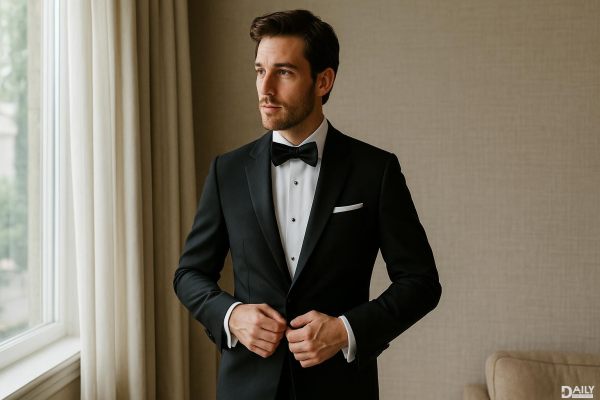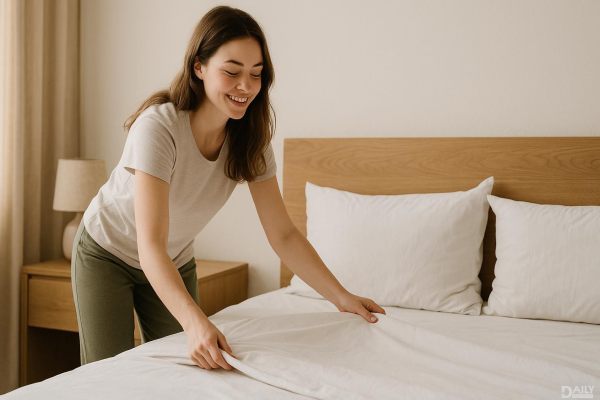Jet lag doesn't discriminate based on your bank account balance. Whether you're crammed in economy or stretching out in a private cabin at 40,000 feet, crossing multiple time zones will mess with your internal clock. But let's be real – flying private definitely stacks the deck in your favor when battling circadian chaos. The real question isn't whether rich folks get jet lag (they do), but how their airborne experience changes the game.
The Science Behind the Struggle
Your circadian rhythm operates like a stubborn old grandfather clock – it takes serious convincing to adjust those hands. Dr. Mike Gradisar explains that jet lag occurs when external time cues (light, meals, social schedules) violently disagree with your body's established rhythm. This biological mutiny manifests as midnight alertness, 3pm crashes, and digestive systems that rebel like toddlers refusing vegetables.
Private Jet Perks That Matter
While first-class commercial flyers get lie-flat seats, private aviation takes sleep optimization to ridiculous levels. We're talking blackout curtains that could hide a crime scene, temperature controls precise enough to satisfy a NASA lab, and zero risk of being elbowed awake by a seatmate digging for their third bag of pretzels. One frequent private flyer described it as "sleeping in your bedroom, if your bedroom could break the sound barrier."
Light Manipulation Masterclass
Here's where private jets flex hard. Commercial cabins operate on airline schedules – lights blazing for meal service, sudden darkness when crew decides it's "nighttime." Private flyers can engineer perfect light conditions using smart systems that gradually adjust intensity and color temperature to mimic natural sunrise/sunset patterns. Some jets even install circadian lighting that automatically syncs with destination time zones before you land.
The Hydration Equation
Dehydration amplifies jet lag symptoms, and commercial air travel notoriously sucks moisture from your body like a sponge in the desert. Private jets counter this with humidified cabins (maintaining 15-20% humidity versus commercial's bone-dry 5-10%) and flight attendants who actually want you hydrated. One aviation consultant joked, "On my client's plane, they bring electrolyte IV drips if you look at them funny."
Stress: The Silent Jet Lag Accelerator
Dr. Seema Khosla emphasizes that travel stress compounds jet lag through cortisol spikes that disrupt sleep architecture. Commercial travel involves security theater, boarding cattle calls, and the existential dread of lost luggage. Private terminals eliminate this entirely – one CEO described his routine: "From car to airborne in 12 minutes, zero human interaction required unless I want champagne." This zen-like experience prevents the tense shoulders and clenched jaw that sabotage in-flight rest.
Nutrition on Your Terms
Ever tried fasting through a time zone change? Private jets make this strategic approach effortless. While commercial flights force-feed you questionable chicken or pasta at arbitrary intervals, private kitchens can prepare meals precisely timed to reset your digestive clock. One nutritionist plans client menus down to the minute: "We'll serve breakfast at what will be 7am at destination, even if it's 2am locally."
The Turbulence Wildcard
Smaller aircraft do experience more turbulence, but modern private jets employ weather radar systems that make commercial equipment look like ancient weather vanes. One pilot explained, "We see storms forming 300 miles out and adjust course so smoothly passengers don't spill their Dom Pérignon." Some Gulfstream models even use NASA-derived turbulence detection tech that anticipates clear air turbulence before it hits.
Recovery: Where Money Really Talks
Post-flight recovery separates the jet-lagged peasants from the well-rested elite. While economy travelers drag themselves to budget hotels, private flyers often land at residences with circadian-aligned smart lighting, temperature-controlled bedrooms, and personal chefs preparing melatonin-rich meals. One celebrity trainer shared, "My client's Vegas house had blackout shades timed to his sleep schedule before we even left Tokyo."
Hacks for the Rest of Us
You don't need a G650 to minimize jet lag. Start adjusting sleep schedules 3-4 days pre-flight, shifting bedtime 15-30 minutes daily toward your destination's zone. Invest in quality blue-light blocking glasses and use them religiously during flights. Hydrate like it's your job – one liter per two flight hours minimum. And if all else fails, remember: even Taylor Swift probably needed an extra shot of espresso after that Tokyo-to-Vegas sprint.
The private jet advantage ultimately comes down to control – over light, sleep environment, meal timing, and stress factors. While we can't all command our own airborne sanctuaries, understanding these principles helps anyone hack their next long-haul experience. Just don't expect your Uber driver to greet you with a chilled towel and adaptogenic mocktail when you land.
























